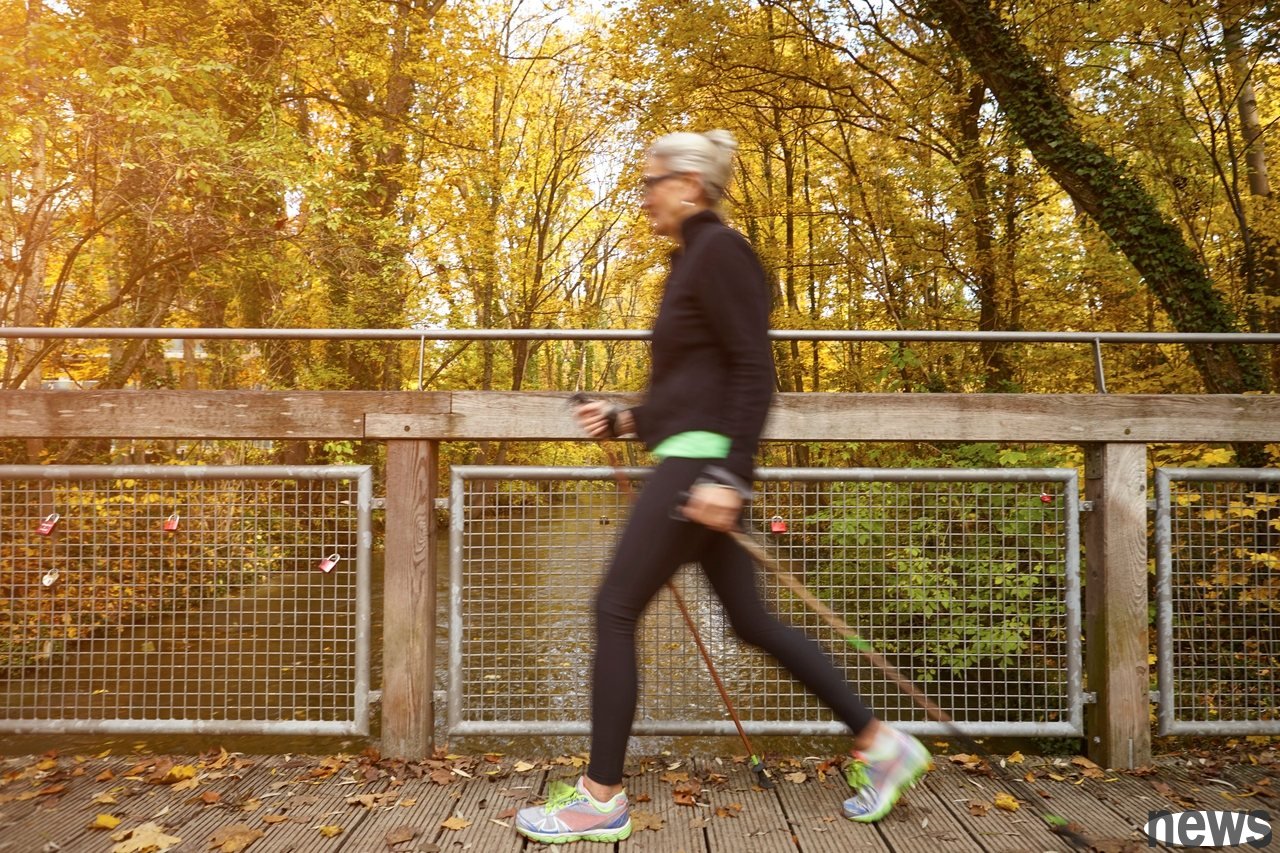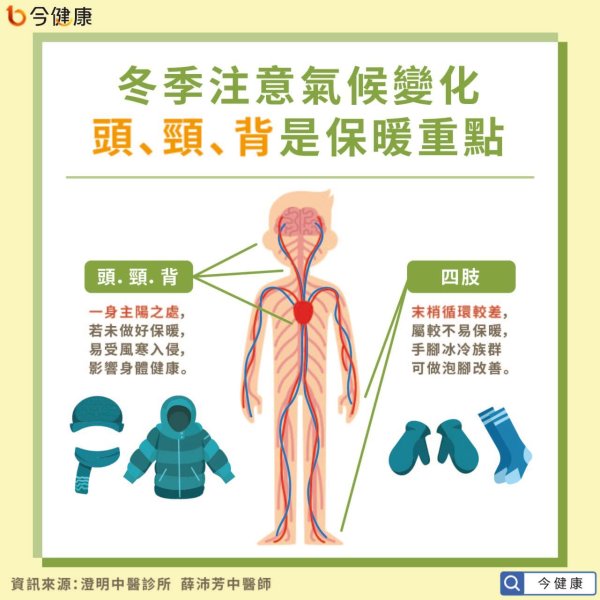Is Nordic walking better than brisk walking or jogging? The professor summarized 14 commentary articles to answer

Reader Chen Weijun 2022-11-28When brisk walking consumes more heat than jogging, the response column commented by the professor of education:
"I don't know if the professor has any research articles on comparing Nordic Walking with brisk walking or jogging"Nordic Walking is like walking with two sticks like skiing. As for the specific way of walking, there is a lot of information on the Internet, so I won’t talk about it. What I want to focus on is what these network information lack, that is – scientific evidence. For example, the following three online articles all say that Nordic walking and burning are more popular, but none of them provide scientific evidence.
Can burn 50% more heat: "North European style walking is a medium-strength oxygen-bearing exercise, burning about 400 kcal per hour, burning more heat when walking or walking 30% to 50% heat …""Key Review" 2022-9-30 published 18% more calories than normal walking: You should try "North Seven reasons for European-style walking: "As early as 1995, researchers noticed that Nordic walking burns more calories than regular walking. In fact, it burns 18% more calories than normal walking."
The Nordic walking style globally published in "Health" on 2022-10-14. Can walking sticks be replaced by hiking poles? : "Compared to traditional walking, this walking watch is like skiing, and helps walk with a pair of walking sticks, so it can move more muscles and burn more heat. Patients with Buckinson's disease can balance it through this exercise"
For whether Nordic walking is beneficial to patients with Buckinson's disease, please see the Effects of Nordic walking in people with Parkinson's disease published in September this year. meta-analysis (The effects of Nordic walking on Parkinson's disease patients: system evaluation and scallion analysis). Conclusion: "In addition to walking ability, the reported Nordic walking system has no clinical meaning. Although it is good to adhere to the Nordic walking plan, its actual effect has had some adverse effects. The actual effect of Nordic walking will not lead to overall motion disorders and functional activity in patients with Parkinson's disease. , balance and physical health experience clinically significant changes. This approach seems to improve walking ability and quality of life, although further research is needed for the next result. ”
For whether Nordic walking is better than brisk walking or jogging, please see these 14 articles below. If you don't have time to watch it, then I'll say first that it's not better overall.
2006: Comparison of kinematic and kinetic parameters between the locomotion patterns in nordic walking, walking and running. Conclusion: "Compared with walking, no movement parameters indicate that Nordic walking has a 'physiological benefit'."
2006: Physiological responses to nordic walking, walking and jogging. Conclusion: "The speed of Nordic walking is lower than walking and jogging at the submaximum lactate level. V(O)(2) formed by performing Nordic walking is not as high as previously reported."
2008: Inverse dynamic analysis of the lower extremities during nordic walking, walking, and running. Conclusion: "The results show that Nordic walking has no biomechanical benefits. In contrast, Nordic walking involves greater knee joint load after heel touch than walking. This is due to longer strides and higher sole angles in the first part of the support stage. And running Compared with the steps, the sagittal and magnitude torque of Nordic walking is smaller, but in the erectile sagittal plane, the ankle-link torque of Nordic walking is greater than that of walking or running. Based on these results, it is not recommended to use Nordic walking as a way to reduce the biomechanical burden on the lower limbs.. ”
2009: No difference in the hemodynamic response to Nordic pole walking vs. conventional brisk walking– a randomized exercise field test using the ultrasonic cardiac output monitor (USCOM) [No difference in the hemodynamic response to Nordic pole walking and traditional brisk walking is —— Usage ultrasound center output monitoring instrument (USCOM) Random exercise field test conducted]
2011: Lower and upper extreme loading in nordic walking in comparison with walking and running (Nordic walking lower and upper limb loading). Conclusion: "North European walking can be recommended for low-impact movements with a 36% lower load rate and a 59% lower pronunciation speed than running at the same speed (8 km/h and 8.5 km/h). However, the high wrist acceleration of Nort European walking indicates that the upper limb is exposed to quite a repetitive impact, which may lead to excessive upper limb damage."
2011: Effects of a flexibility and relaxation program, walking, and nordic walking on Parkinson’s disease (the impact of flexibly and relaxation planning, walking and Nordic walking on Parkinson's disease). Conclusion: "Nordic walking is better than walking in improving posture stability, stride, step pattern and pace variation."
2013: Effects of nordic walking compared to conventional walking and band-based resistance exercise on fitness in older adults. Conclusion: "Northern walking, traditional walking and resistance training are beneficial to the elderly. Nordren walking and traditional walking can improve cardiopulmonary health, while resistance training cannot. Compared with traditional walking, Nordren walking provides additional benefits in upper body muscle strength."
2013: Comparison of the Effects of Walking with and without Nordic Pole on Upper Extremity and Lower Extremity Muscle Activation (Comparison of the effects of walking without Northern Oreo bolt on muscle activation of upper and lower limbs). Conclusion: "Compared with regular walking, using Nordic urinary rods increases muscle activity in the upper limbs, but does not affect the lower limbs."
2015: Differences in ground reaction forces and shock impacts between nordic walking and walking (the difference between Nordic walking and walking). Conclusion: "During Nordic walking, impact and ground reaction levels have increased compared to walking, which is an aspect that should be considered when formulating health improvement plans."
2015: Exploring Muscle Activation during Nordic Walking: A Comparison between Conventional and Uphill Walking. Conclusion: "Although the difference in additional energy consumption between Nordic walking and walking under uphill walking conditions is small, the added upper body muscles during the Nordic walking exercise involves potentially additional benefits compared to traditional walking on uphill terrain. In addition, people with low back pain may benefit from using slalom when going uphill."
2015: Effects of Nordic walking and walking on spatiotemporal gait parameters and ground reaction force (The impact of Nordic walking and walking on time and space steps parameters and ground reaction forces). Conclusion: "Nordic walking improves functional ability more effectively by promoting the effective utilization of energy and reducing the load on the lower limbs, because the weight of the upper and lower limbs is dispersed during Nordic walking."
2017: Mechanical energy patterns in nordic walking: comparisons with conventional walking. Conclusion: "Nordic walking is 20% less efficient than walking and has higher reliance requirements. This difference can be due to isometric retraction and inefficiency of upper muscle organization. Finally, due to rod pushing and arm/rod movement, Nordic walking can be considered a highly dynamic step with unique mechanical characteristics compared to traditional steps."
2017: Nordic walking versus walking without poles for rehabilitation with cardiovascular disease: Randomized controlled trial (Comparison of Nordic walking and unstoppable walking on cardiovascular disease recovery: random inspection). Conclusion: "North European walking training appears to increase walking distance more effectively than sluggish training during a 6-minute walk test for patients with acute coronary gynecosis and peripheral ventricular sluggish disease after a 4-week training period.. ”
2021: The Effects of Nordic Walking Compared to Conventional Walking on Aerobic Capacity and Lipid Profile in Women Over 55 Years of Age. Conclusion: "Both training programs both lead to increased aerobic capacity and a decrease in total sterol."
Original text: Nordic walking: Is it better than brisk walking or jogging?



